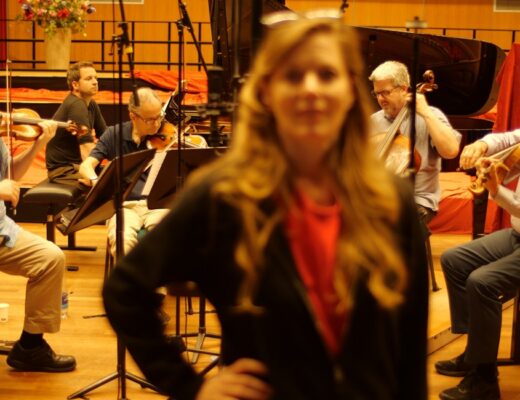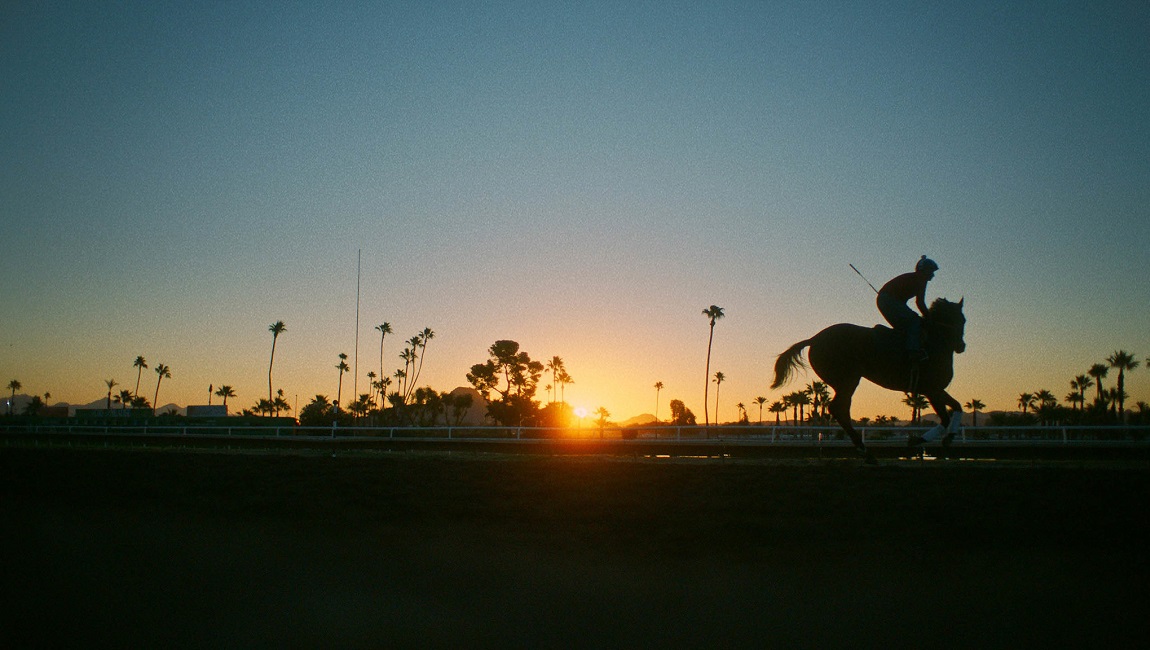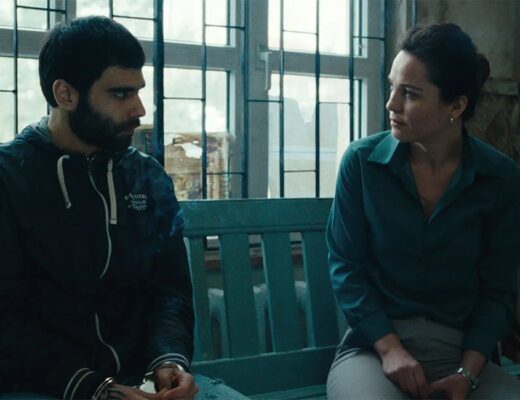The depiction of grief in films is as variable as film form. It can be outwardly melodramatic like in Krzysztof Kieślowski’s Three Colors: Blue (1993), recklessly self-destructive as in Lars Von Trier’s Antichrist (2009), or soul-cleansingly spiritual (see Terrence Malick’s 2011 film, The Tree of Life). But there’s one thing that binds all these drastically different expressions of grief together: their uninhibited expressivity. These films — sometimes crudely, other times sensitively — revel in displaying the pain, confusion, frustration, and anger our protagonists feel after losing someone incredibly close to them. Conversely, other films prefer to conceal. Michelangelo Antonioni’s L’Avventura (1960), for instance, does so to indict its central characters’ emotional vacuity; Michael Haneke’s Amour (2012) de-melodramatizes the grieving process to diminish the satisfaction we get from watching its glamorization on-screen. Lack, not excess, thus characterizes grief in these mysteriously elusive films: we have to fill in the blanks to reveal how — if at all — these characters express their pain in the aftermath of a tragedy.
Icelandic director Rúnar Rúnarsson’s cryptically titled When the Light Breaks, premiering as the opening film of the Un Certain Regard section at Cannes this year, seems most interested in revealing its protagonist’s grief as opposed to reveling in it. Conceptually and especially formally, the film evokes the guarded, hypnotic allure of fellow Icelandic filmmaker Hlynur Pálmason’s volatile Scandi-noir, A White, White Day (2019), a film about a grieving man whose life is turned upside down after he discovers that his recently deceased wife was having an affair with another man. That confusion, amplified by adherence to genre conventions in Pálmason’s film, is similarly central to Rúnarsson’s decidedly more melodramatic conceit in When the Light Breaks. Here, Una (Elín Hall), a young, carefree teenager, has to hide her pain after losing her boyfriend, Diddi (Baldur Einarsson), in what the film describes as the deadliest tunnel explosion in Iceland’s history because she is not “officially” his girlfriend. Diddi was supposed to break up with his long-distance girlfriend, Klara (Katla Njálsdóttir), but his untimely death brings Una and Klara face-to-face with each other. The film, then, captures and channels Una’s grieving predicament: she wants to cry uncontrollably but is forced to remain stoic because, for everyone else, especially Klara, she is nothing more than Diddi’s good friend.
Rúnarsson’s icily austere aesthetic — all static wides, long takes, and no background score — combines effectively with Hall’s equally frigid and largely silent central performance in the film’s first, Klara-free-half to reveal Una’s grieving process by highlighting her attempts to hide it. But once Klara enters the frame, Rúnarsson seems unsure if he should continue to underplay Una’s predicament or actively voice it. This confusion is, undoubtedly, representative of what Una herself is feeling: seeing “people feel sorry for Klara and not her” makes her feel jealous. But by voicing this to us soon after she sees Klara, Rúnarsson almost reveals too much about her. From then on, the film’s muted aesthetic seems at odds with the directness of the revelation made by our protagonist: the camera’s austerity feels overly self-conscious, the necessitated silence somewhat self-defeating, and, most of all, Hall’s performance ineffectively one-note.
It may seem odd, then, to suggest that When the Light Breaks is most hauntingly moving in two moments when it doesn’t feature any characters at all. Far from being abstract sequences, these mirroring moments, in fact, visually literalize the title’s contradictory meanings. Personal grief is most impressively expressed on a cosmological scale here: first, pre-opening-title, through tunnel lights, meant to help us find the way through the darkness and getting engulfed in flames. And then, pre-closing credits, through a sunset’s fractured reflections that gradually construct a beam of light to guide us away from our sea of darkness.
Published as part of Cannes Film Festival 2024: Dispatch 1.







